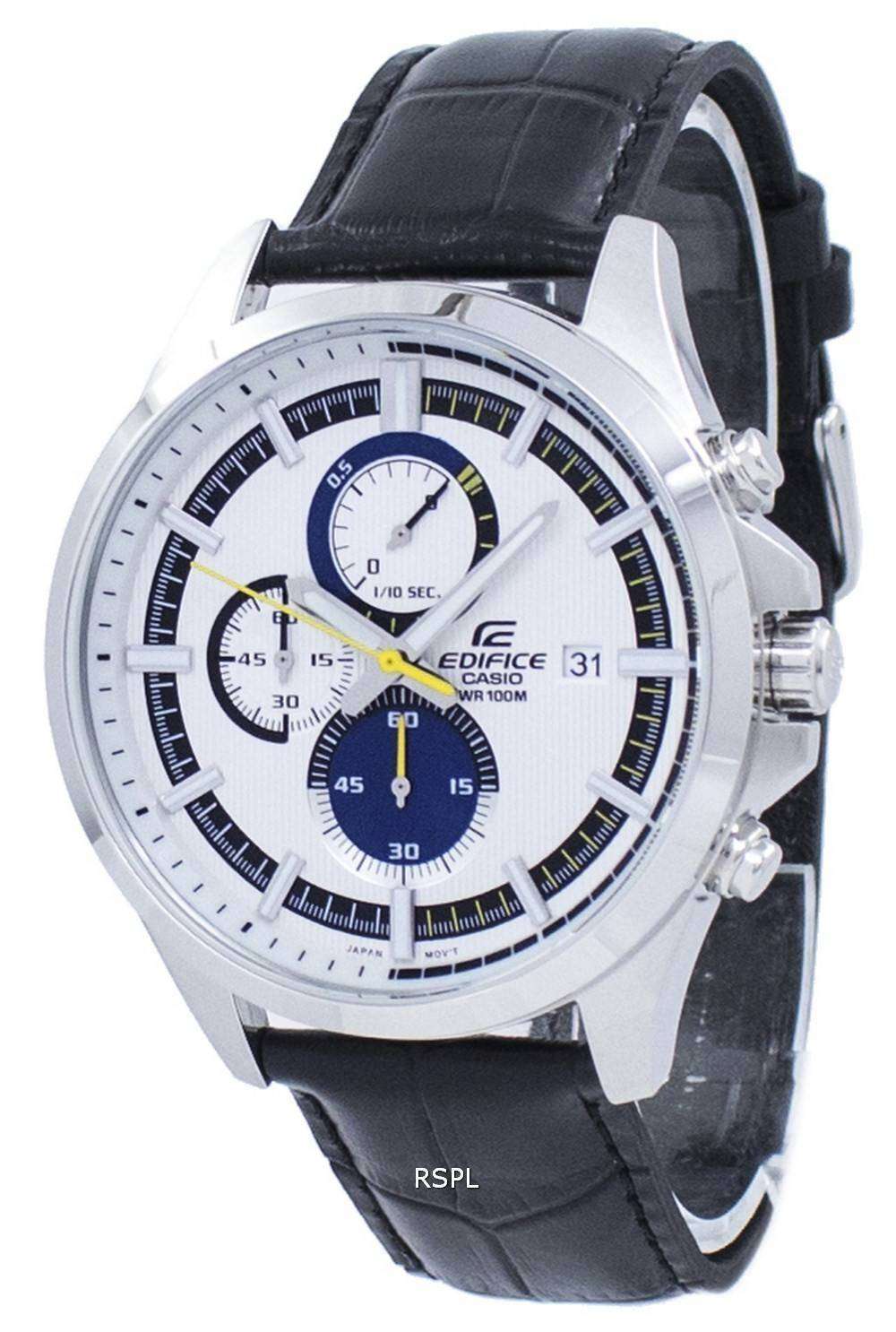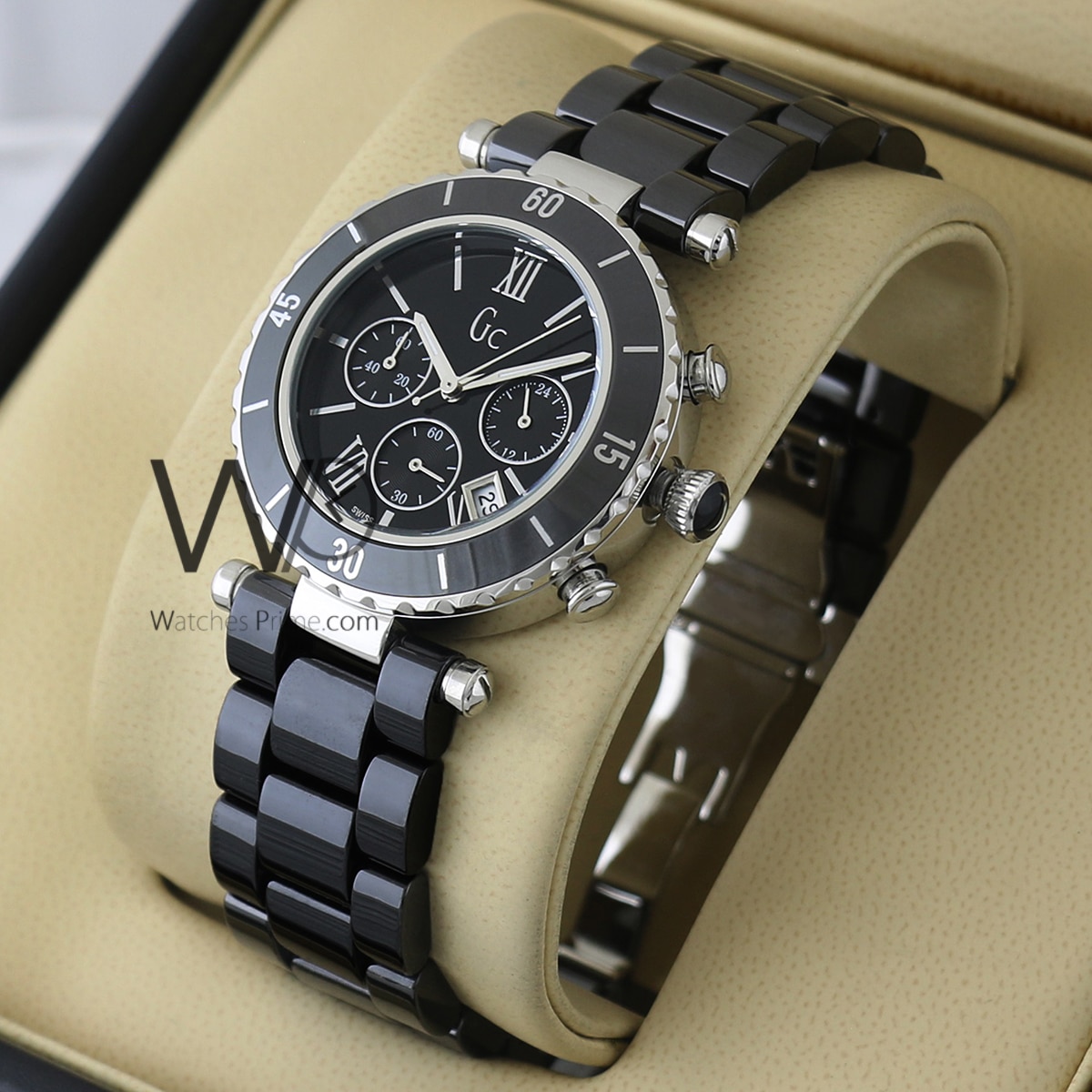

They're predominantly men's watches, as the Valjoux 7750 caliber is quite large and not suitable for a classic women's watch. These "time recorders" - a literal translation of chronograph - have technical appeal. Watches with this extra feature are available in almost every price range. Today, it's still debated which automatic chronograph caliber can be considered the first.ĭo you need a stopwatch every now and again? Look no further than a chronograph. Together, these calibers made 1969 a milestone year in watchmaking history. The Japanese company Seiko released their caliber 6139 around the same time. This allowed the watch to measure 1/5th of a second. The movement powered the first Monaco from Heuer and ran at 19,800 A/h. In the same year, Calibre 11 was released as the result of a collaboration between Heuer, Breitling, Büren, and Dubois-Dépraz. Zenith introduced this famous high-frequency caliber in 1969. At 36,000 A/h, it can measure 1/10th of a second. The El Primero from Zenith beats even faster. Due to its precision, the caliber is able to measure 1/8th of a second.
CHRONOGRAPH WATCHES MANUAL
There are many variants of the 7750, such as a manual version or ones with complications such as a moon phase indicator or a flyback chronograph. Moreover, it's certified precise by the Official Swiss Chronometer Testing Institute (COSC). It's affordable to produce and runs reliably at 28,800 alternations per hour (A/h). Since then, the Valjoux 7750 has been used in millions of watches. It first became popular after the Quartz Crisis was resolved. It premiered in 1973, but wasn't an instant success.

Breitling, Hamilton, and Tissot also use this automatic movement in various models. The Valjoux 7750 powers several chronographs from prominent manufacturers, such as the diving watch Longines Hydroconquest and the pilot's watch Sinn 103. This V-shaped design is called Tricompax. Chronographs powered by other movements often have a layout of subdials at three, six, and nine o'clock. Most watches with this dial layout and these timing functions are powered by chronograph calibers, such as the Valjoux 7750 from the world's largest ébauche manufacturer, ETA. The date display is located at three o'clock. Yet another subdial at six o'clock, the 12-hour counter, records even longer intervals up to 12 hours. Another subdial at 12 o'clock, the 30-minute counter, keeps track of timed intervals up to 30 minutes. Most chronographs feature the small seconds subdial at the nine o'clock position. The second hand that is constantly in motion, known as the small seconds, is located on a subdial elsewhere on the chronograph. Once you're done, you press the bottom push-piece to set the second hand back to zero. When you push the top push-piece, it starts moving, timing seconds. A chronograph's large second hand usually rests at 12 o'clock. The largest difference between a chronograph and a conventional three-hand watch is that chronographs generally lack a central second hand. The hands of a chronograph are organized according to a certain pattern. Almost all modern mechanical chronographs function in this way. You can set the stopwatch back to zero by pressing the push-piece under the crown. If necessary, you can push it a third time to start it again. When you push it a second time, it stops. You begin timing by pressing the push-piece above the crown. The layout was successful and quickly spread to other manufacturers.

In 1934, the company introduced a watch with a chronograph function and push-pieces above and below the crown. Breitling is responsible for the typical design of modern chronographs. Some watch manufacturers have made a name for themselves with their efforts in developing chronographs, such as Breitling or TAG Heuer. The chronograph isn't just limited to use in athletics, though you could also use it to time while cooking to know when your pasta is al dente and ready to eat. Furthermore, this kind of watch is appealing to many buyers who simply appreciate a more technically-oriented timepiece.
CHRONOGRAPH WATCHES PROFESSIONAL
The most modern technology takes care of this at the professional level, but it's still useful for amateurs to have a chronograph on hand for timing. During track and field, swimming, or car racing competitions, events need to be accurately timed to determine a winner. They were designed for use in sporting events. Watches with a chronograph function are first and foremost sport watches.


 0 kommentar(er)
0 kommentar(er)
